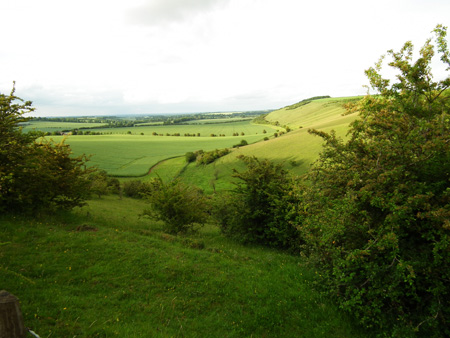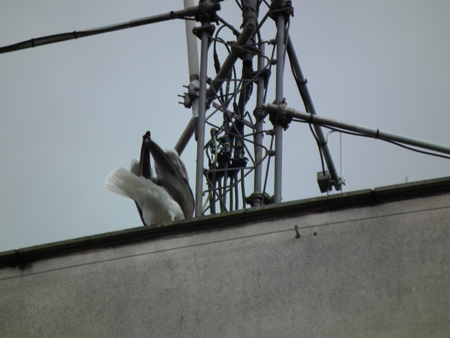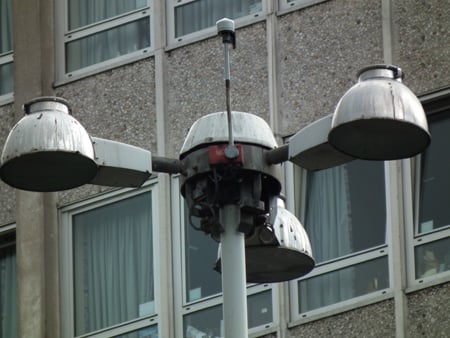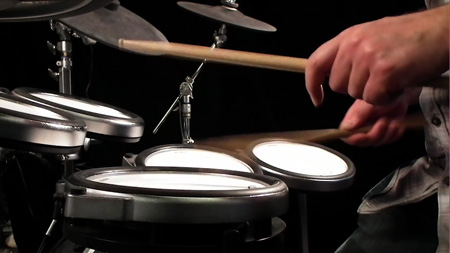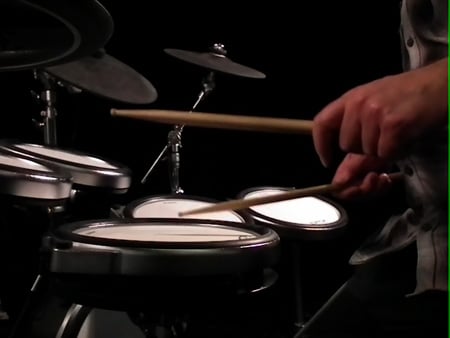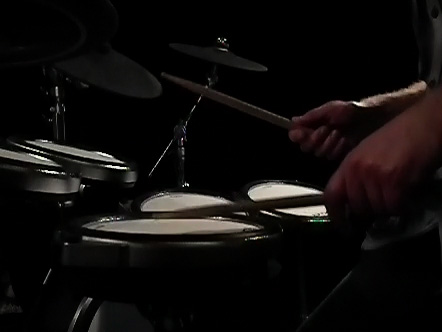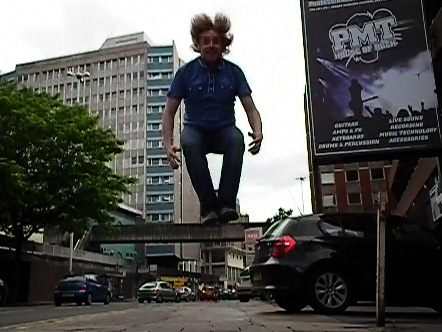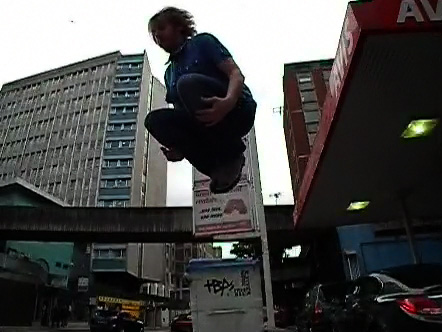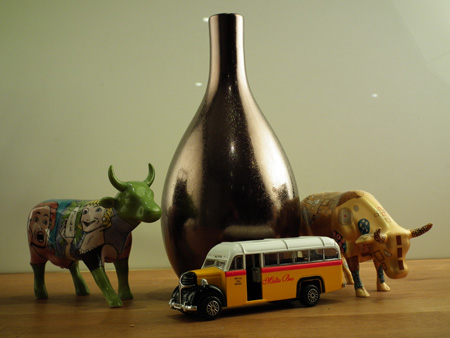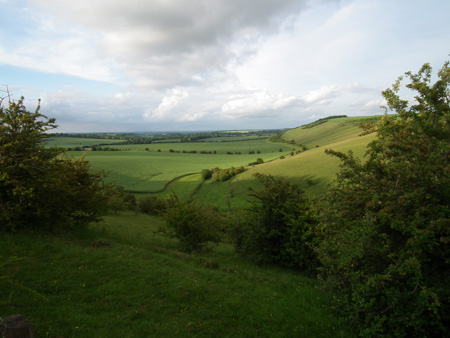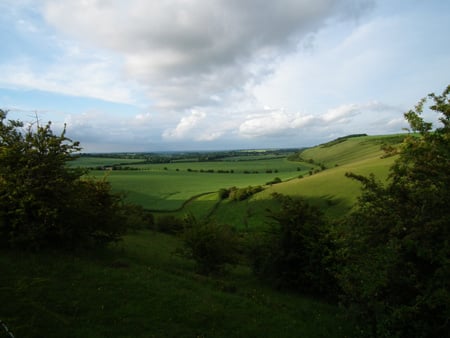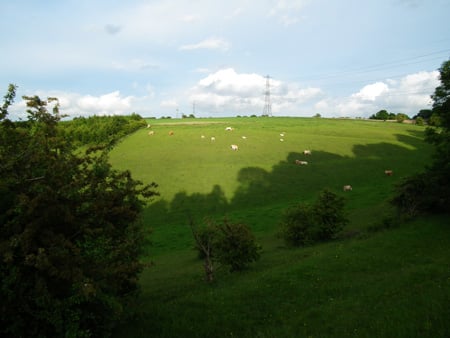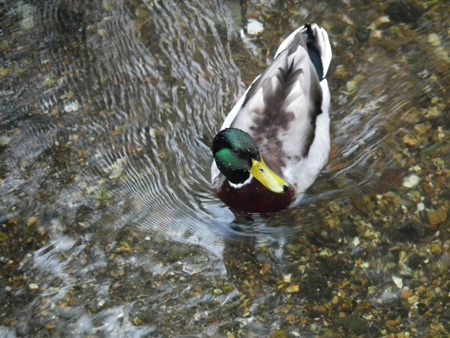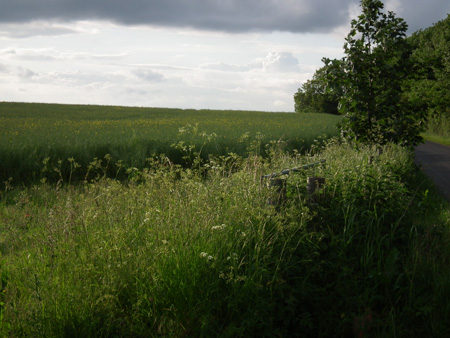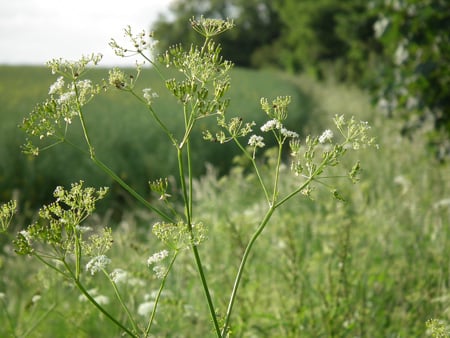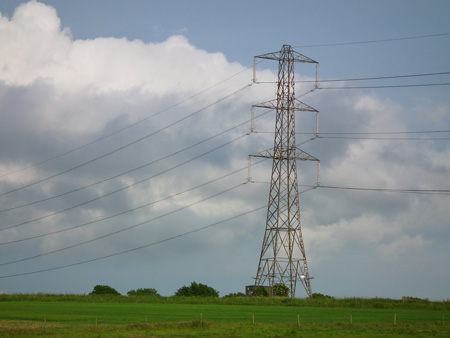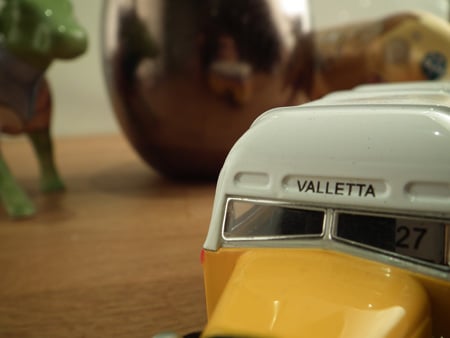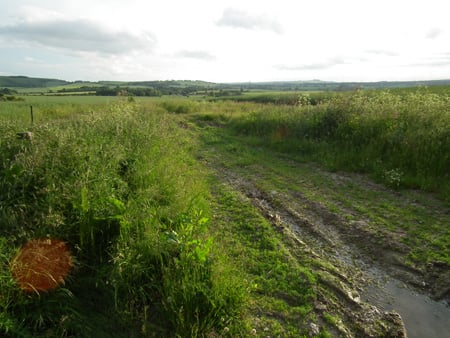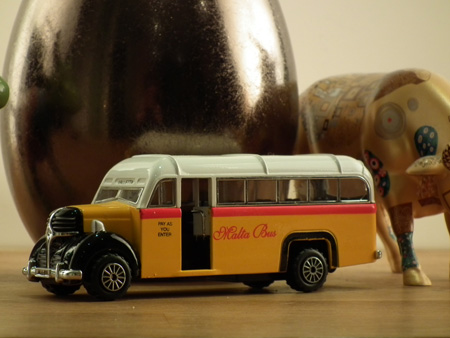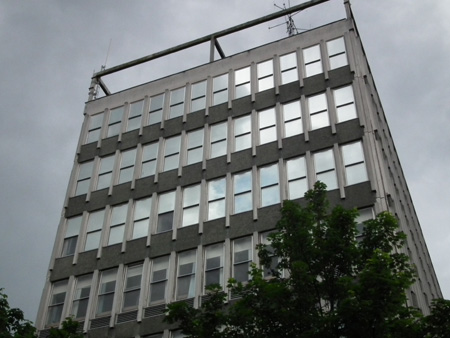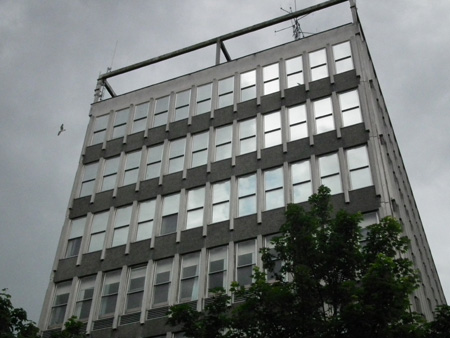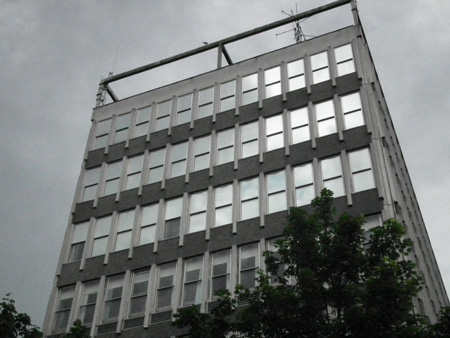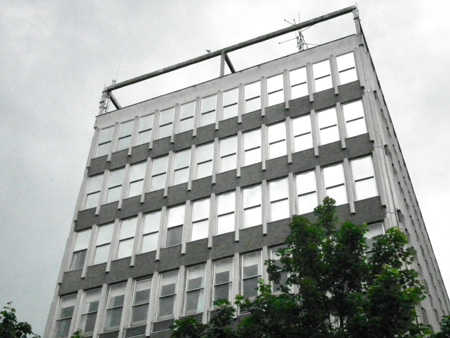Original URL: https://www.theregister.com/2010/06/11/review_camera_fujifilm_finepix_hs10/
Fujifilm Finepix HS10 bridge camera
Impressive performer
Posted in Personal Tech, 11th June 2010 12:44 GMT
Review Fujifilm’s Finepix HS10 is among the new breed of superzoom cameras utilising, the somewhat cheekily named, backside illuminated CMOS sensor technology. At 10.3Mp there is a drop in image size compared to CCD models, but the light gathering capabilities make up for this, apparently. There’s even one in the iPhone 4, so if it’s good enough for Steve…
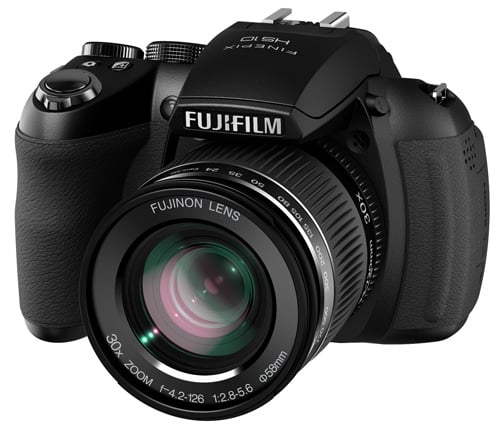
Great shot: Fujifilm Finepix HS10
Unpacking to find the battery and start charging was a surprise. No battery – open compartment make sure it's not already there. Nope, it’s batteries, plural – four AA cells are required to get this Finepix functioning. Not unheard of, even the Pentax K-x DSLR relies on them, and it keeps the initial cost down, but you end up paying one way or another.
Even so, AA batteries are readily available, which for some is a selling point, and rechargeable ones can be used, with Sanyo's Eneloops – precharged rechargeables – proving popular with many photographers these days. Fuji suggests more expensive lithium cells can notch up 700 shots on the HS10.
Power struggles aside, first impressions are excellent – the HS10 is a lightweight camera, but somehow its angles have been made more masculine, sharper. It looks like a tank, a high tech tank. While not as small as other similarly priced cameras that have adopted this sensor, it is smaller than its S200EXR sibling, and has certainly been tarted up – with its silver touches, bigger shutter release button, refined menu and paddles – and it works.
Reading the lettering on 30x lens shows 4.2-126mm in new money, equivalent to a 35mm camera zoom of 24-720mm. That is quite an extreme range. Comparing it to the S200 EXR, at full extent the lens protrudes by about the same amount, but is considerably shorter when at wide angle. The diameter is greatly reduced too and again, the ring for manual focus is to the rear of the barrel.
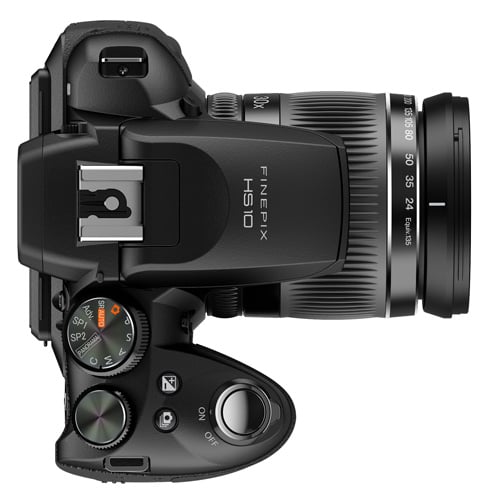
Dials are nicely positioned and easy to operate
As with other Fuji models there is an unmarked dial right next to the Program selector, with a recess for a resting thumb, it fits nicely. Its purpose is for doing all things in program and manual modes, from selecting the EV to stepping through options. Up top is smaller viewfinder than previous versions, undoubtedly not a major feature on these cameras, as everyone seems to use the rear screen nowadays. However, using it instead of the rear screen will certainly save battery life.
Speaking of screens though, what a beautiful example that is. At 3in with 230,000 dots, its well defined and once pulled from it's resting place goes every-which way vertically. It works well for low angles, feels sturdy, though a little stiff out of the cellophane, but once used it is very assured and hardy.
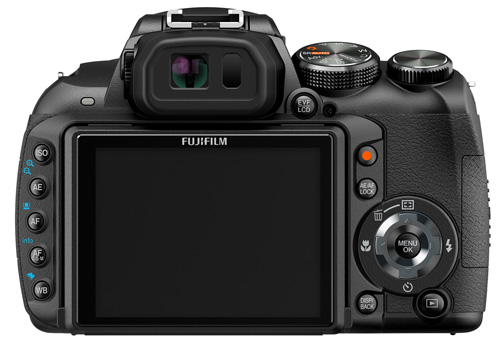
A decent range of in-camera image refinements are available
Down the left hand side is a row of tiny dedicated buttons for ISO, AE, AF and White Balance, enabling swift access to these functions. The arrangement is interesting, as you need to press and hold the buttons for the functions to remain on screen. It makes for a faster workflow, certainly, with face detection button seemingly outgrown on this Finepix and relegated to lurk within menu functions.
Articulating LCD panels aside, another neat touch is the Motion Panorama setting on the dial. Panoramic views can be created by sweeping across a scene to create images up to 5760 x 720 pixels. It works great on static scenes, although confusion can arise if anything is moving in the same direction as the camera during a sweep.
There are also dedicated dial settings for Scene Position: Landscapes and Portraiture. Nice touches, but on the dial you get SP1 and SP2 and you’ve got to remember which is which. A total auto Scene Recognition mode exists along with P A S M and a custom option for you to program. There are also some novel ideas about removing moving objects (like blurred cars through a scene) or taking multiple exposures into one frame featured in Advanced mode.
Getting the HS10 to switch from 'Flash Off' in a few modes beat me, which is a shame because above ISO 800 you really should be thinking about getting a lighting source involved, as using ISO 6400 on this camera seems to be a bit drastic. At this end of the range it makes a reasonable job of low/no light situations, and even has a setting for cleaning up awkward night time stuff but, if you’ll excuse the pun, it’s not an area where it shines.
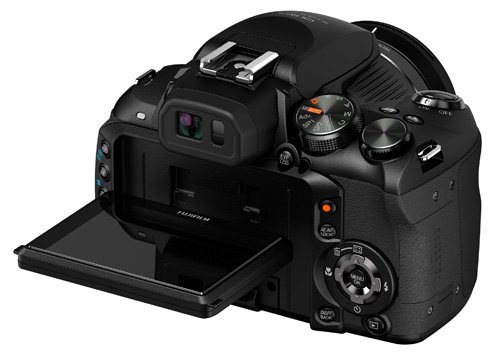
The articulating screen and dedicated function buttons all make for a positive user experience
In FinePix Color mode you get black and white and sepia options that look typically nasty. Whereas the colour shift between standard and chrome settings is actually quite subtle and pleasing. Furthermore, you can fine tune white balance between red and cyan and blue and yellow, which is pretty specific. Colour, tone and sharpness can all have soft, mid and harsh tweaks too. So, all in all, not a bad selection of personalisation functions, really.
Sample Shots
Sample Video
Sample Shots
Sample Shots
ISO Tests - Studio
ISO Tests - Outdoors
Overall, image quality is certainly very respectable for this type of sensor married to this style of body. You can tweak if you need to, the white balance is good, and it has a great success rate with the autofocus, which performs very well indeed. In fact, I was happy to leave it on continuous focusing, rather than one shot. It’s fast to get to the main subject, so it really is a case of leave it on and forget about it.
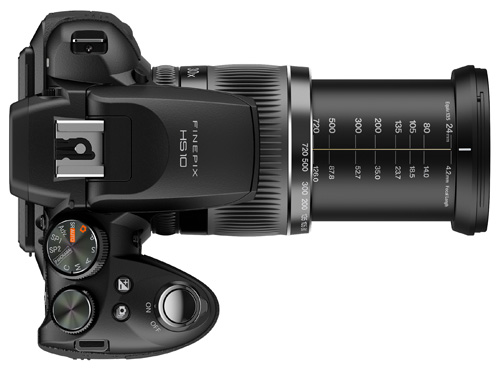
An impressive reach for both stills and video
Obviously, the ring at the back of the barrel is for critical self-focus and when you don't want it wandering. One nice feature that helps the manual focusing is an enlargement of the centre of the screen – you’re looking for edges here, and dismissing the funk of the digital zoom.
Metering was impressive too, even with backlit subjects outside. There are three modes: Multi, Spot and Average. Multi does a very good job of deciding what is important in the frame and if necessary you can always AE/AF lock it and move.
In movie modes you have to choose between whether you want to shoot High Speed or just normal frame rates in HD or opt for longer recording times in lower resolutions. Given the image dimensions of High Speed capture, this mode is really 'experimentation only'. At 1000fps, the 224 x 64 movie is fun but has limited use and also needs a serious amount of light. Next up and still needing lots of light is 480fps at 224 x 168. A slightly bigger frame, but still of limited use. 240fps gets a useable 442 x 332 resolution – 4 x 3 aspect.
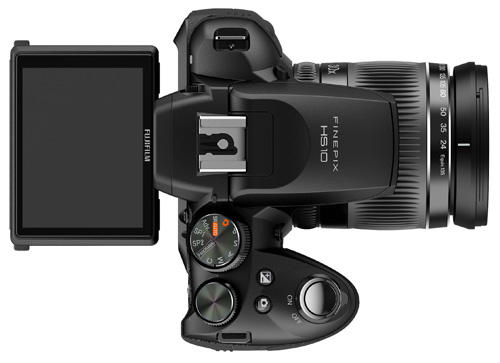
Excellent autofocus with manual focus when you need it
It is not until 120fps at 640 x 480 that it offers a good resolution at these frame rates. 120 divided by 30 is still four times slower and is actually pretty cool. At 60fps images are captured at 1280 x 720, and play at half speed, again very nice. The clips are labelled accordingly, so all media players will play them slowed down automatically. There is no sound with the HS videos, so you must record that separately or overdub some audio effects in the edit.
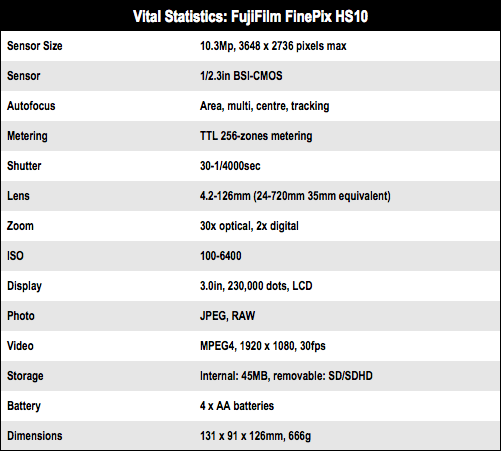
Normal HD recording is at 1920 x 1080 and, with the HDMI port on the side, it can be played back directly into your TV. Alas, no audio input for microphones, the HS10 relies on its built-in mic, which is certainly good enough for home recording. Alkaline battery life sees you through a week of casual use, however using the flash, screen and video for long stretches is going to eat them up. You get plenty of warning before it does finally shut down.
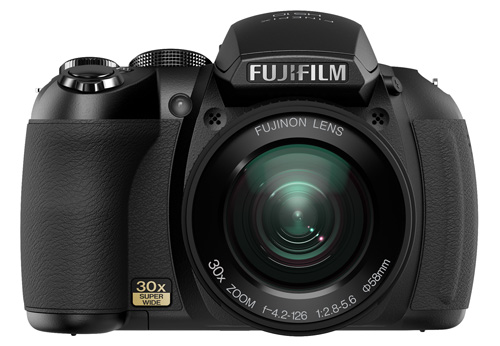
Not the cheapest bridge camera, but currently one of the best
The range of the HS10’s lens enables it work well within earshot of groups of folks posing for you, while also being able to zoom to places that professional cameras don't attempt. Unfortunately, it needs a fair bit of light to operate in, which is par for the course with superzooms.
As long as you are sensible with the ceiling on the ISO (make it 800), you can be sure of sharp, useable images. Moreover, when using any of the program modes, the chances that the HS10 will give you a decent result are high, higher than most other superzooms. Indeed, the confidence it gives you, to just get out and shoot, is admirable.
Verdict

The Fujifilm Finepix HS10 has enough photo features to keep you occupied, but not so many that you have to pick up the manual to understand why you might like to try them. The slow motion feature alone might be enough to tempt more creative users. While it does run on an unfashionable power source, and the sharpening could come down a little, you do get a huge, go-anywhere zoom and some fun film features. Overall, there's little to complain about. It’s a decent, solid photo performer that consistently delivers good quality images – considering the price, you get a pretty good deal. ®
James Cumpsty is a professional photographer and videographer working in the music industry.
More Camera Reviews… |
|||
 Nikon Nikon
Coolpix P100 |
 Samsung Samsung
WB5000 |
 Fujifilm Fujifilm
Finepix S200EXR |
 Canon Canon
Powershot G11 |
